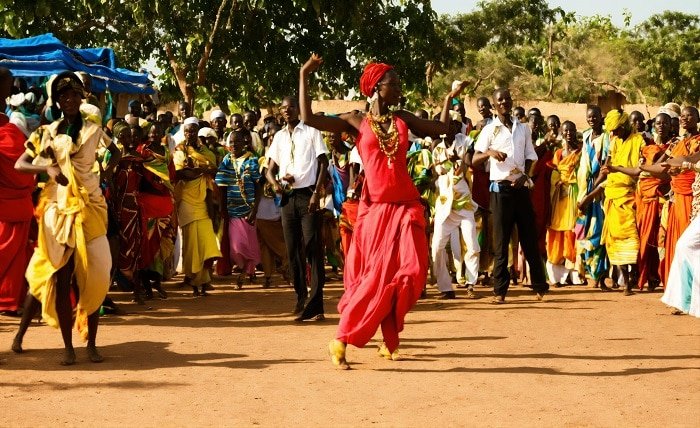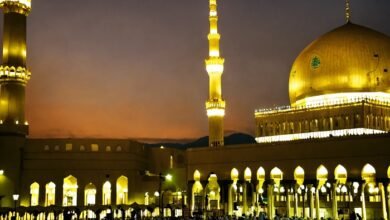Burkina Faso Turf: A Comprehensive Guide

Introduction
Burkina Faso turf is a topic of growing interest among landscapers, environmentalists, and sports enthusiasts. Known for its unique properties and versatility, the turf in Burkina Faso offers numerous benefits and applications. This blog post delves into the various aspects of Burkina Faso turf, exploring its significance, maintenance, and impact on the environment.
What is Burkina Faso Turf?
Burkina Faso turf refers to the natural grass and sod varieties found in Burkina Faso, a landlocked country in West Africa. The turf here is adapted to the region’s climate, characterized by a dry season and a rainy season. Understanding the specifics of Burkina Faso turf helps in appreciating its resilience and suitability for various uses.
Types of Turf in Burkina Faso
There are several types of turf in Burkina Faso, each with its distinct characteristics. Common varieties include Bermuda grass, Zoysia grass, and St. Augustine grass. These grasses are selected for their durability, drought resistance, and ability to thrive in the local climate. Knowing the different types of Burkina Faso turf is essential for choosing the right grass for your needs.
Uses of Burkina Faso Turf
Burkina Faso turf is used in various applications, from sports fields and public parks to residential lawns and agricultural lands. Its robust nature makes it ideal for areas with high foot traffic and harsh weather conditions. Understanding the uses of Burkina Faso turf can help in planning landscaping projects and sports field installations.
Benefits of Using Burkina Faso Turf
The benefits of using Burkina Faso turf are numerous. It provides a natural, aesthetically pleasing ground cover that reduces soil erosion, improves air quality, and offers a cooler surface temperature compared to artificial alternatives. Additionally, Burkina Faso turf supports local biodiversity by providing habitat for insects and small animals.
Environmental Impact of Burkina Faso Turf
The environmental impact of Burkina Faso turf is significant. While natural grass can help in carbon sequestration and soil health, it also requires water and maintenance. Sustainable practices, such as using native turf varieties and implementing efficient irrigation systems, can minimize the environmental footprint of Burkina Faso turf.
How to Maintain Burkina Faso Turf
Maintaining Burkina Faso turf involves regular mowing, watering, fertilizing, and pest control. Each type of turf has specific maintenance requirements, but generally, a well-maintained turf ensures longevity and health. Understanding the maintenance needs of Burkina Faso turf is crucial for keeping it green and lush year-round.
Challenges in Managing Burkina Faso Turf
Managing Burkina Faso turf comes with its challenges, including dealing with pests, diseases, and extreme weather conditions. The hot and dry climate can stress the turf, making it susceptible to damage. Knowledge of these challenges and proactive management strategies are essential for maintaining healthy Burkina Faso turf.
Innovations in Burkina Faso Turf Management
Recent innovations in turf management are making it easier to care for Burkina Faso turf. Advances in irrigation technology, organic fertilizers, and pest control methods are helping turf managers maintain healthy and sustainable grass. Staying updated with these innovations can improve the efficiency and effectiveness of Burkina Faso turf care.
Burkina Faso Turf in Sports
Burkina Faso turf is widely used in sports, particularly in soccer fields, due to its durability and ability to withstand heavy use. Proper installation and maintenance are critical to ensure a safe and high-performance playing surface. The role of Burkina Faso turf in sports highlights its importance in promoting outdoor activities and physical fitness.
Future of Burkina Faso Turf
The future of Burkina Faso turf looks promising, with increasing awareness about sustainable landscaping and the benefits of natural grass. Research and development in turfgrass science continue to bring forth new varieties and improved maintenance techniques. Embracing these advancements can lead to more resilient and environmentally friendly Burkina Faso turf.
Conclusion
Burkina Faso turf plays a vital role in the landscape of this West African nation. Its diverse applications, environmental benefits, and resilience make it a valuable asset. By understanding the types, uses, and maintenance of Burkina Faso turf, individuals and organizations can make informed decisions that enhance their surroundings and support ecological balance.
FAQs
1. What types of turf are common in Burkina Faso? Common types of Burkina Faso turf include Bermuda grass, Zoysia grass, and St. Augustine grass, known for their durability and drought resistance.
2. How can I maintain Burkina Faso turf? Maintaining Burkina Faso turf involves regular mowing, watering, fertilizing, and pest control to ensure it stays healthy and green.
3. What are the environmental benefits of Burkina Faso turf? Burkina Faso turf helps reduce soil erosion, improve air quality, and support local biodiversity, making it environmentally beneficial.
4. What challenges are associated with Burkina Faso turf? Challenges include pests, diseases, and extreme weather conditions, which require proactive management strategies to overcome.
5. How is Burkina Faso turf used in sports? Burkina Faso turf is extensively used in sports fields, particularly soccer, due to its ability to withstand heavy use and provide a safe playing surface.





